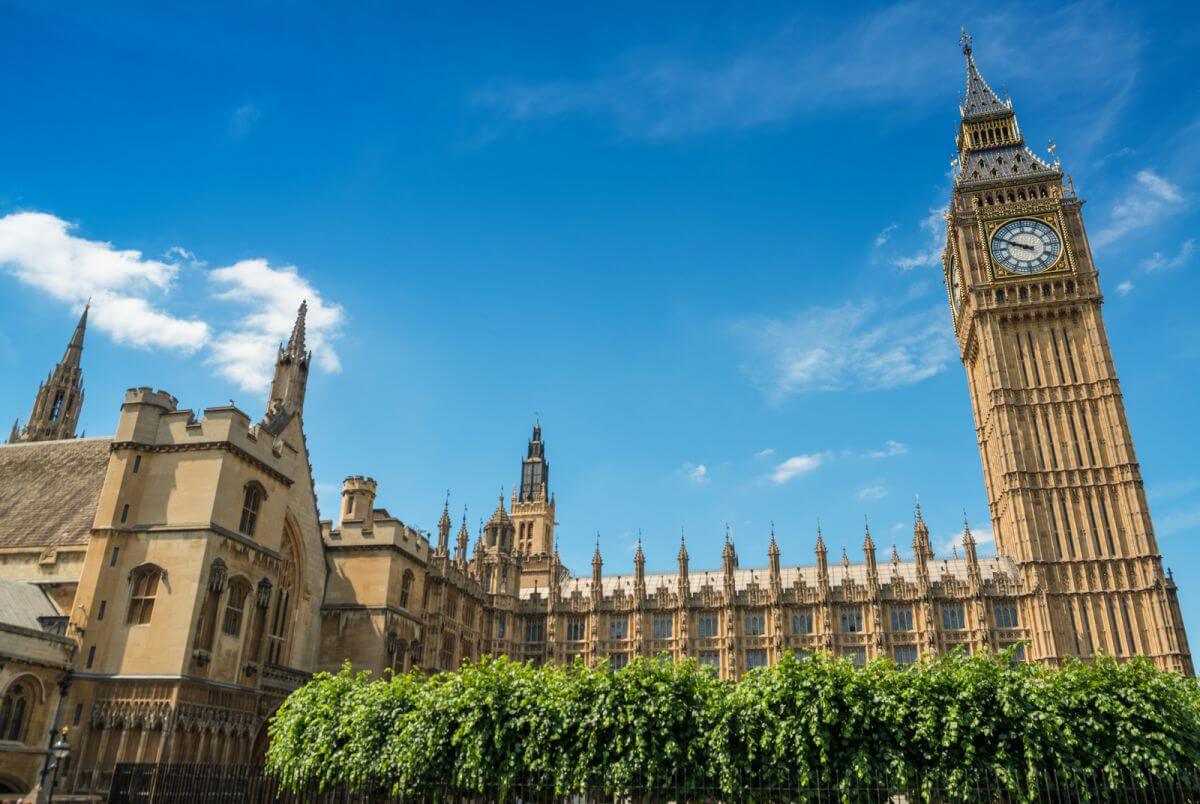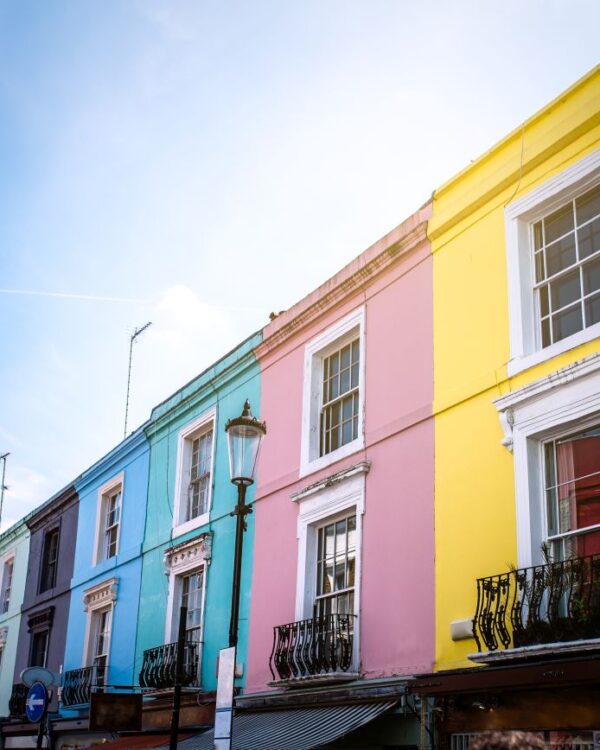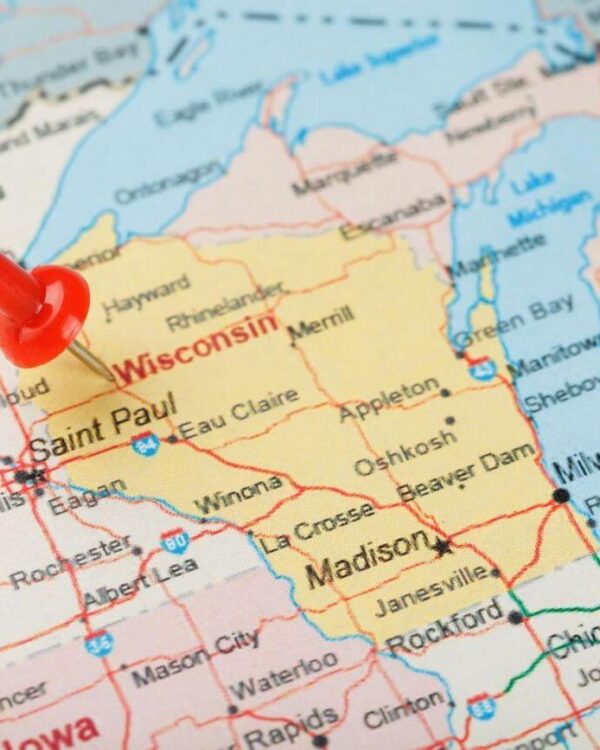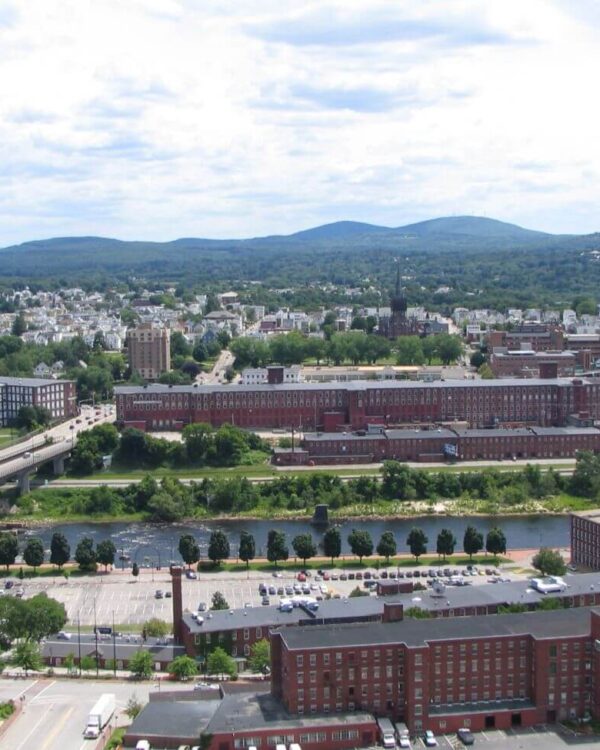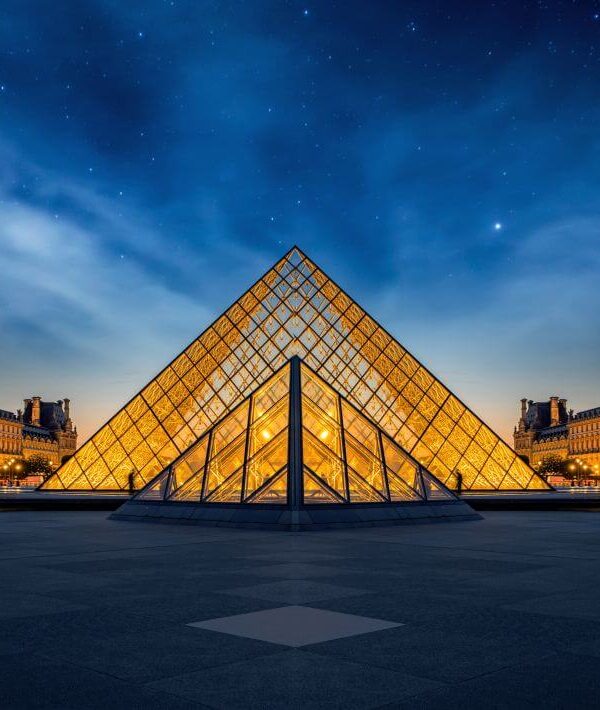History of the Palace of Westminster
The Palace of Westminster is one of the most iconic buildings in the world. It has a long and fascinating history, dating back to the Roman period. The site was first inhabited by the Romans, who built a fort there in the 1st century AD. In the early medieval period, it was used as a royal residence by Edward the Confessor. After the Norman Conquest, Westminster became the seat of government under William II. The current Palace of Westminster was built in the Gothic style in the 19th century, after the original hall was destroyed by fire.
In the competition to restore the Palace, Charles Barry’s Gothic Revival design for new structures in the 14th–16th centuries was chosen, especially inspired by English Perpendicular Gothic. The Old Palace’s ruins were recycled into its far larger replacement, which contains over 1,100 rooms and is arranged symmetrically around two sets of courtyards. Augustus Pugin, a prominent expert on Gothic architecture and style, worked with Barry to create the Palace’s interior.
The design was inspired by Christian themes. Construction began in 1840 and lasted 30 years, with significant delays and cost overruns, as well as the deaths of both architects; works for interiors were never finished completely.
Since then, significant conservation efforts have been made to counteract the harm caused by London’s air pollution, and extensive repairs were required after the Second World War, including the Commons Chamber’s rebuilding following its bombing in 1941.
British Parliament and the Palace of Westminster
The British Parliament is the supreme legislative body in the United Kingdom and is made up of the House of Commons and the House of Lords. It has the power to pass laws, authorize taxation and declare war. The Parliament is also responsible for holding the government to account through its debates and committee work. The Parliament is open to the public and visitors can watch debates from the public gallery. MPs (Members of Parliament) are elected by the people of their constituency, and they represent their constituents in Parliament. There are 650 MPs in total.
The leader of the largest party in Parliament becomes Prime Minister. The current Prime Minister is Theresa May. Ministers are chosen by the Prime Minister and they make up the government. They are responsible for implementing government policy. There are two main opposition parties in Parliament, Labour and the Liberal Democrats. Parliamentary sessions are usually around 12 weeks long, but this can vary depending on what’s happening politically at the time. For example, parliament might be in session for longer if there’s a general election or if there’s an important vote taking place.
Westminster Hall
Westminster Hall is one of the most iconic buildings in London. Situated on the Thames, it has been a vital part of the city’s history for centuries. Originally built in 1097, it has served as a royal palace, a law court, and a place of worship. It was also the site of many important events, including the trial of King Charles I and the wedding of Prince William and Kate Middleton. Today, Westminster Hall is open to the public and continues to be a popular tourist destination. Visitors can explore the historic building and learn about its fascinating past.
Westminster Hall is a Grade I listed building and is considered one of the finest examples of medieval architecture in England. It is built from stone and oak wood and features an ornate hammerbeam roof. The hall is open to the public Monday to Saturday, and there is no charge for admission. Visitors can explore the hall at their own pace or join a guided tour. Tours are available in a number of languages, and audio guides are also available.
Elizabeth Tower and Big Ben
Elizabeth Tower is part of the Palace of Westminster, the seat of the British Parliament. The tower is located at the northern end of the palace, and its base is surrounded by a paved courtyard. The tower itself is 97 meters tall, and it is one of the most recognizable landmarks in London. The Elizabeth Tower was built in 1858, and it was originally known as simply “The Clock Tower.” It was renamed in honor of Queen Elizabeth II in 2012, on her Diamond Jubilee.
The tower is home to the famous clock known as “Big Ben,” which is one of the most famous clocks in the world. Big Ben actually refers to the largest of the tower’s five bells, which weighs 13.5 tons. The Elizabeth Tower is open to visitors, and it offers stunning views over London from its observation deck.
The Big Ben was designed by architect Augustus Pugin. Construction of the tower began in 1837 and was completed in 1859. The Great Bell was cast in 1858 and first chimed in July 1859. The Big Ben has been a Grade I listed building since 1970 and a UNESCO World Heritage Site since 1987. The clock tower has become one of the most prominent symbols of both London and England, and is often in the background of news stories about the United Kingdom.
Victoria Tower and the Palace of Westminster
A nineteenth-century Gothic Revival tower located in London, England. The tower stands 322 feet tall and is the tallest brickwork building in the world. The tower was built to mark the Diamond Jubilee of Queen Victoria and to serve as a water tower for the Palace of Westminster.
Today, the tower is open to the public and offers stunning views of London from its viewing platform. Visitors can also explore the Victorian engineering that went into its construction, including a hydraulic system that was used to lift water to the top of the tower. With its unique history and architecture, the Victoria Tower is a must-see for any visitor to London.
Similar Posts:
- Big Ben – the Most Famous Clock in the World. History of Big Ben, Tips for Visitors, Interesting Facts
- Victoria Station, London – One of the Busiest Railway Stations in the World
- Top Things to Do in London: Your London Bucket List
- Alexandra Palace in London – Guide to the Iconic Venue
- The Thames River Cruise: The Best Way to See London
- Central London, Main Tourist Attractions You Have to See
- Inside Clarence House London: The Royal Residence
- London Tower Bridge. Find Out Everything About the Most Famous Bridge in London
